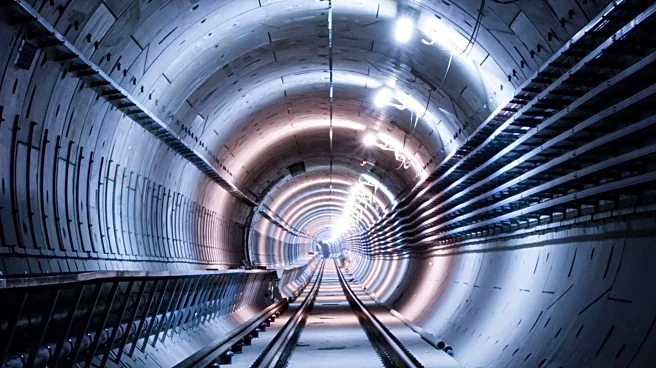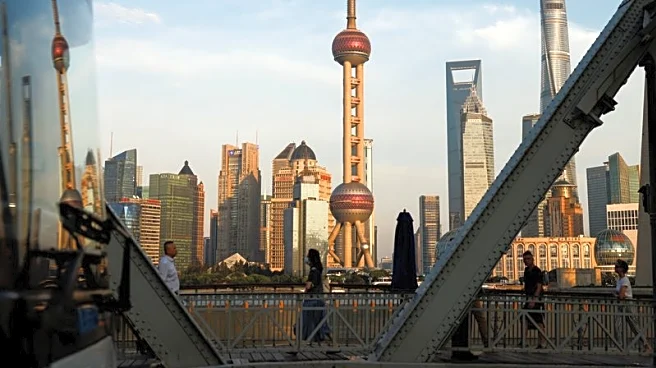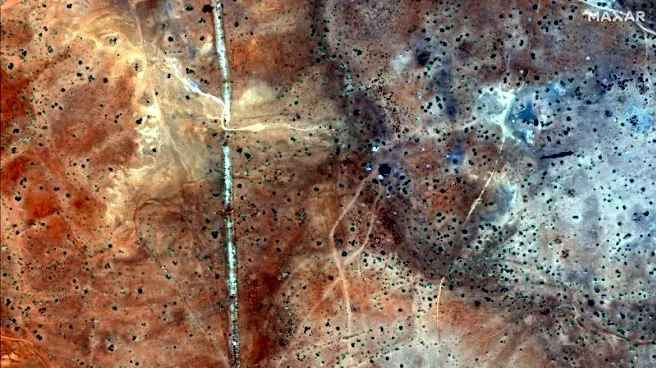What's Happening?
In Xi'an, China, the construction of subway lines has repeatedly unearthed significant archaeological finds, including over 3,000 artifacts and 260 tombs during the development of the city's first subway line. This has led to delays in infrastructure projects as construction teams work alongside archaeologists to preserve historical sites. Xi'an, a city with a rich history dating back over 3,100 years, is home to numerous royal mausoleums and is recognized as a UNESCO World Heritage site. The ongoing discoveries have prompted the city to integrate archaeological displays into public spaces, such as subway stations and the Xi'an Xianyang International Airport.
Why It's Important?
The intersection of modern infrastructure development and historical preservation in Xi'an presents a unique challenge and opportunity. The city's approach to showcasing archaeological finds in situ highlights a growing trend in heritage management, balancing urban development with cultural preservation. This model could influence how other cities with rich histories manage similar situations, potentially impacting tourism and educational opportunities. The integration of historical artifacts into public spaces not only preserves cultural heritage but also enhances public awareness and appreciation of history.













